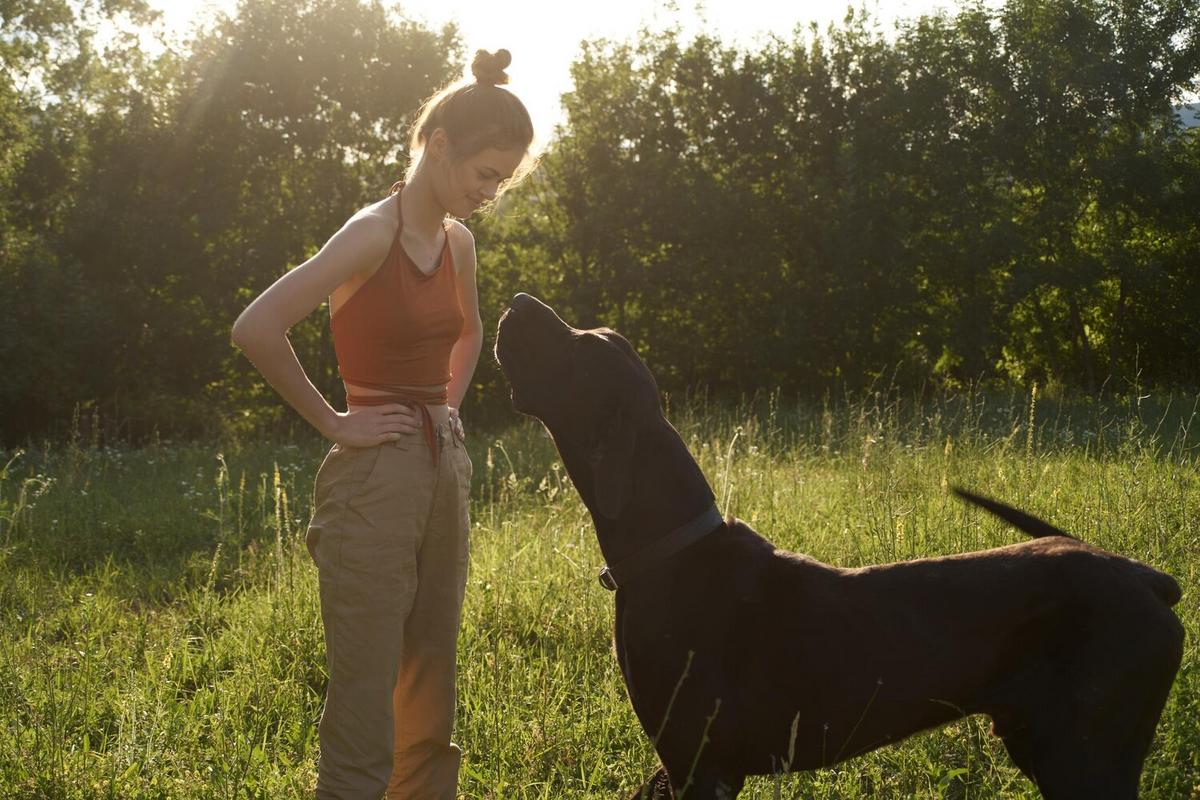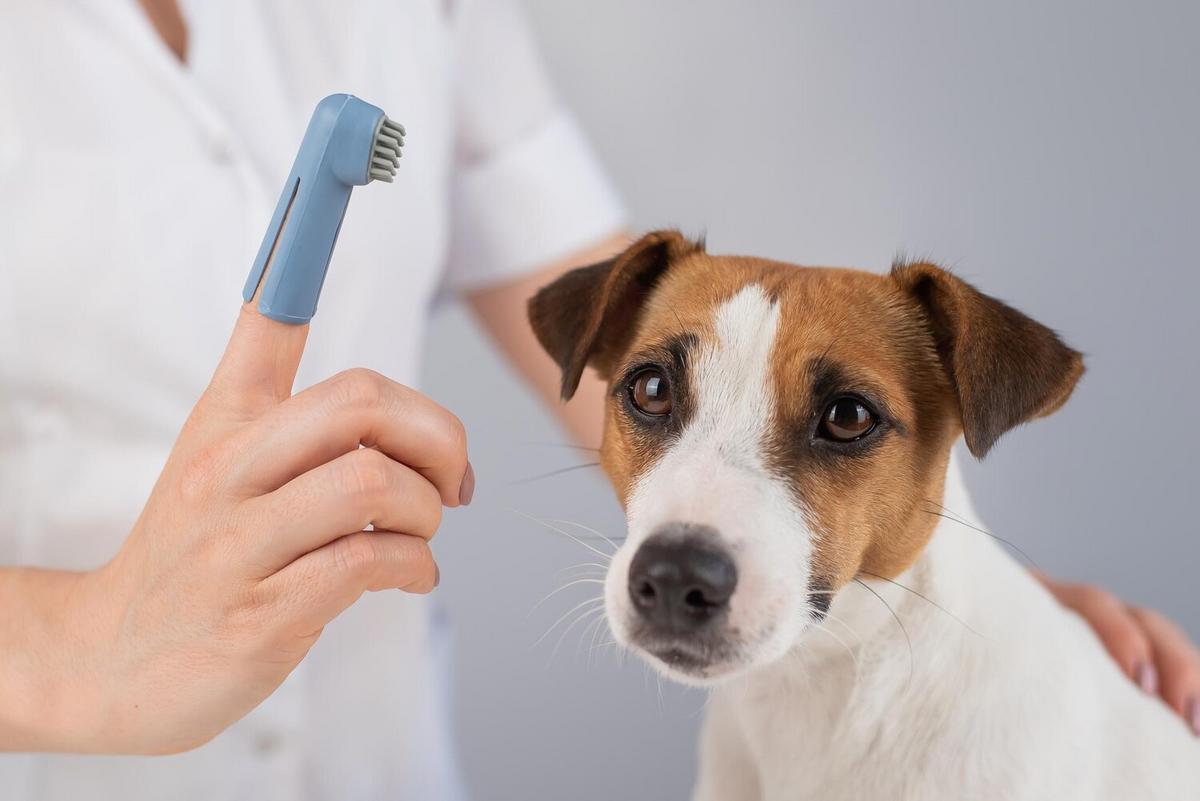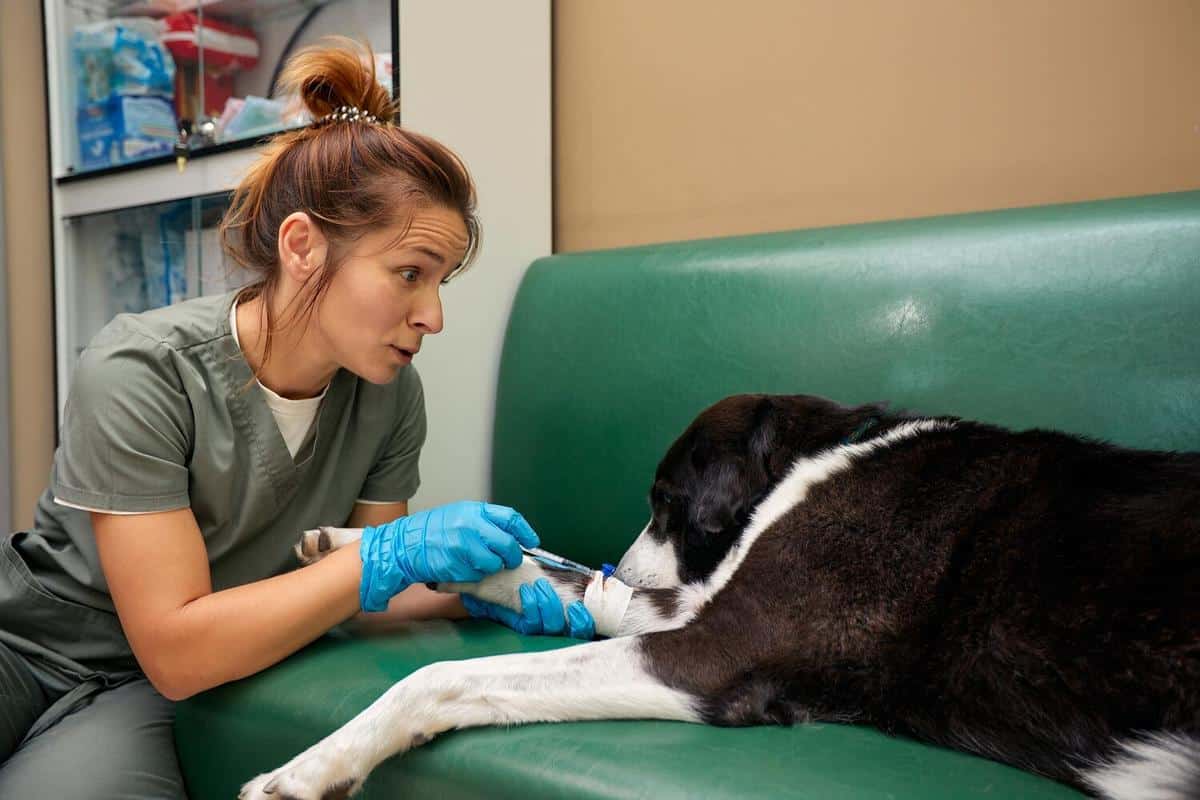
How to Deal With Aggression in Dogs
Understanding and addressing aggression in dogs can be a challenging yet rewarding aspect of pet ownership. Whether you’re a seasoned dog owner or welcoming a new furry friend into your home, learning how to manage aggression is crucial for a harmonious relationship.
Understanding Dog Aggression
Aggression in dogs can manifest in various forms, including barking, growling, snapping, and biting. It’s essential to identify the root cause of this behavior to address it effectively. According to the American Society for the Prevention of Cruelty to Animals, aggression can stem from fear, territorial instincts, or even a medical issue.
Expert Insights
Veterinarian Dr. Sophia Yin, an expert in animal behavior, emphasizes the importance of understanding a dog’s body language. She suggests observing signs like a stiff body posture or a direct stare, which can indicate potential aggression.
Statistics and Research
Research from the Journal of Veterinary Behavior indicates that around 20% of dog owners report their pets displaying aggressive behavior under certain circumstances. This statistic underscores the importance of addressing these issues early on.
Personal Experience: A Tale of Transformation
Take, for example, Mark, who adopted a rescue dog named Max. Initially, Max exhibited fear-based aggression towards strangers. By working with a professional dog trainer and employing positive reinforcement techniques, Mark was able to help Max become more comfortable in social settings.
Actionable Tips for Managing Aggression
- Identify triggers: Observe what situations provoke your dog’s aggressive behavior.
- Seek professional help: Consider consulting a certified dog trainer or veterinarian.
- Positive reinforcement: Reward your dog for calm and non-aggressive behavior.
- Socialization: Gradually introduce your dog to new environments and people.
Pro Tip: Consistency is key. Ensure all family members use the same commands and reward systems to avoid confusing your dog.
Comparison Table of Aggression Triggers and Responses
| Trigger | Suggested Response |
|---|---|
| Fear | Provide a safe space and avoid exposure to the trigger. |
| Territorial | Gradually introduce people to the dog’s territory with treats. |
| Possessiveness | Teach the “leave it” command and reward compliance. |
| Pain or illness | Visit a veterinarian to rule out medical issues. |
| Lack of socialization | Enroll in socialization classes or controlled meet-ups. |
| Resource guarding | Practice trading up with treats to prevent guarding. |
| Frustration | Increase physical and mental exercise. |
| Redirected aggression | Distract and redirect attention with toys or commands. |
FAQs
Can aggression in dogs be cured?
Aggression can often be managed or significantly reduced with the right approach and consistency.
Is professional help necessary?
Consulting a professional is recommended, especially if the aggression poses a safety risk.
Conclusion
Dealing with aggression in dogs requires patience, understanding, and a strategic approach. By identifying triggers, seeking professional guidance, and employing positive reinforcement, you can foster a safer and happier environment for both you and your dog. Remember, the journey to managing aggression is ongoing, but with dedication and care, substantial progress is achievable.


